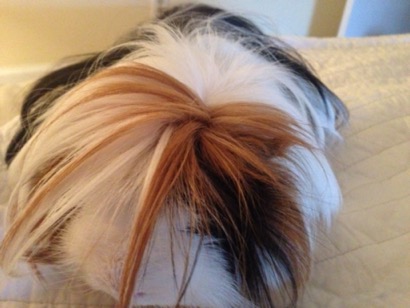21/12/2020 07:06 PM
Children enjoy coming to the playroom. The playroom is a safe and confidential space that offers children an opportunity to express thoughts and feelings-through play-that might otherwise remain hidden. Every toy in the playroom promotes expression of thoughts and emotions in ways that are unique to each child.
I routinely introduce children to the playroom by saying, "You can do almost anything you want in the playroom. If there is something you cannot do, I will let you know.". This statement serves as an invitation to explore the boundaries and limits of the playroom in a safe way.

My guinea pig, Sunny, welcomes children to the playroom. Sunny loves to be held and hand-fed. Sunny helps to create a relaxed atmosphere, thus allowing the child to experience me and therapy itself as less threatening. I have found that Sunny serves many therapeutic functions; he is often a transitional object, a reinforcement for behavior change, a cathartic holding object, a metaphor for feelings, a role play participant, and a nonjudgmental attachment and-to mention a few.
Read More…21/12/2020 06:27 PM
Play therapy has a long and proud tradition stemming from Sigmund Freud (1856-1939), the father of modern psychotherapy. He was the first to apply analytic concepts to the treatment of a five year old child. A student of Freud, Helga Hellmuth (1871-1924) is known to be the first child therapist. She had a clinic in Vienna where she applied psychoanalytic techniques to children. Hellmuth strongly influenced Melanie Klein (1882-1960). Klein further developed the work by basing her interventions and interpretations on the way the child played with toys. Klein’s non-directive approach is the foundation of Child-centered Play Therapy.
Read More…

